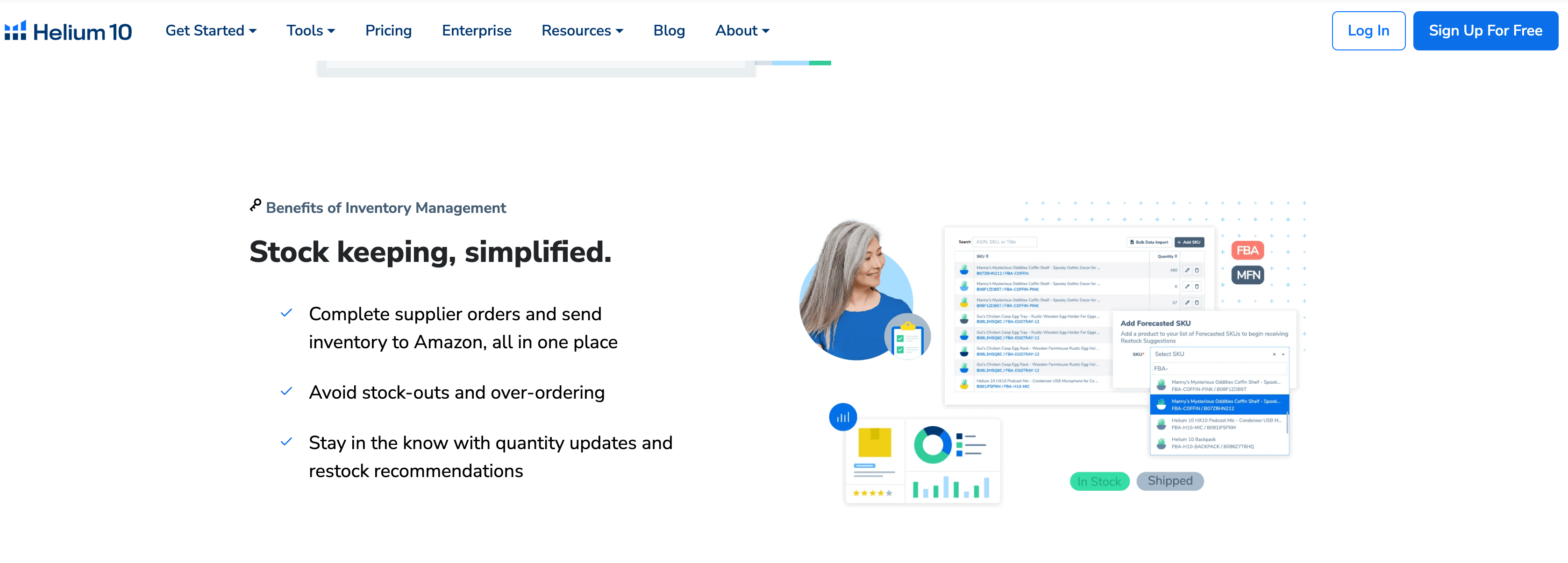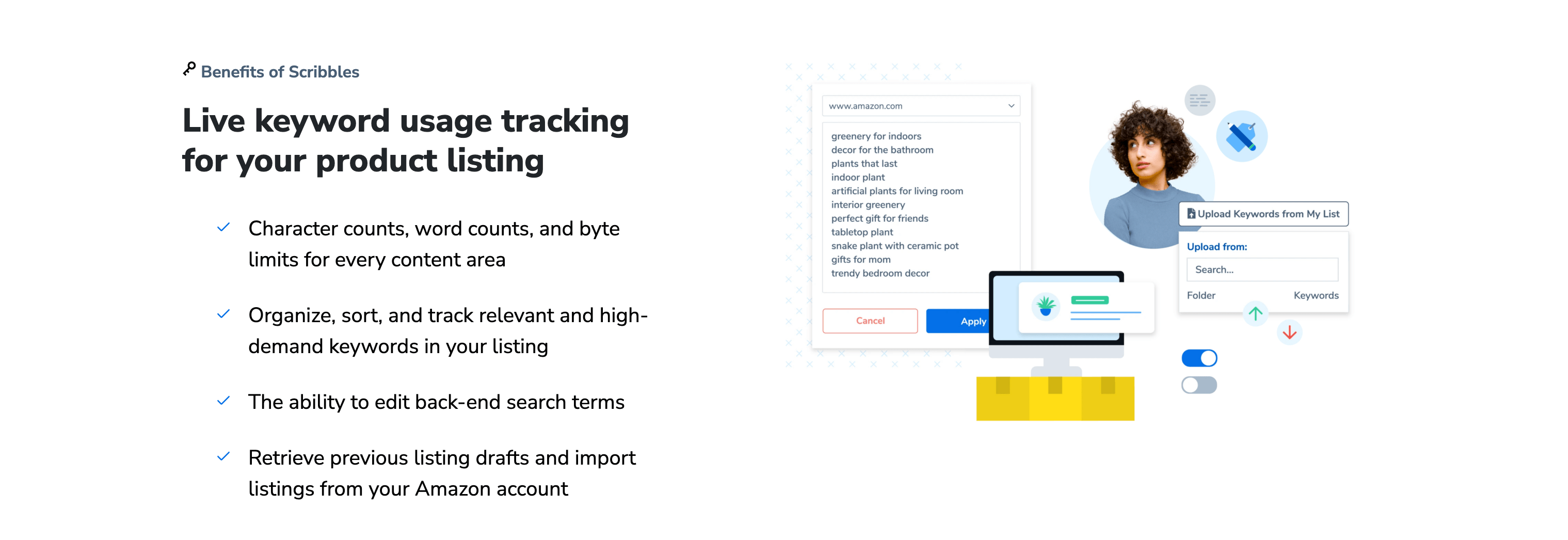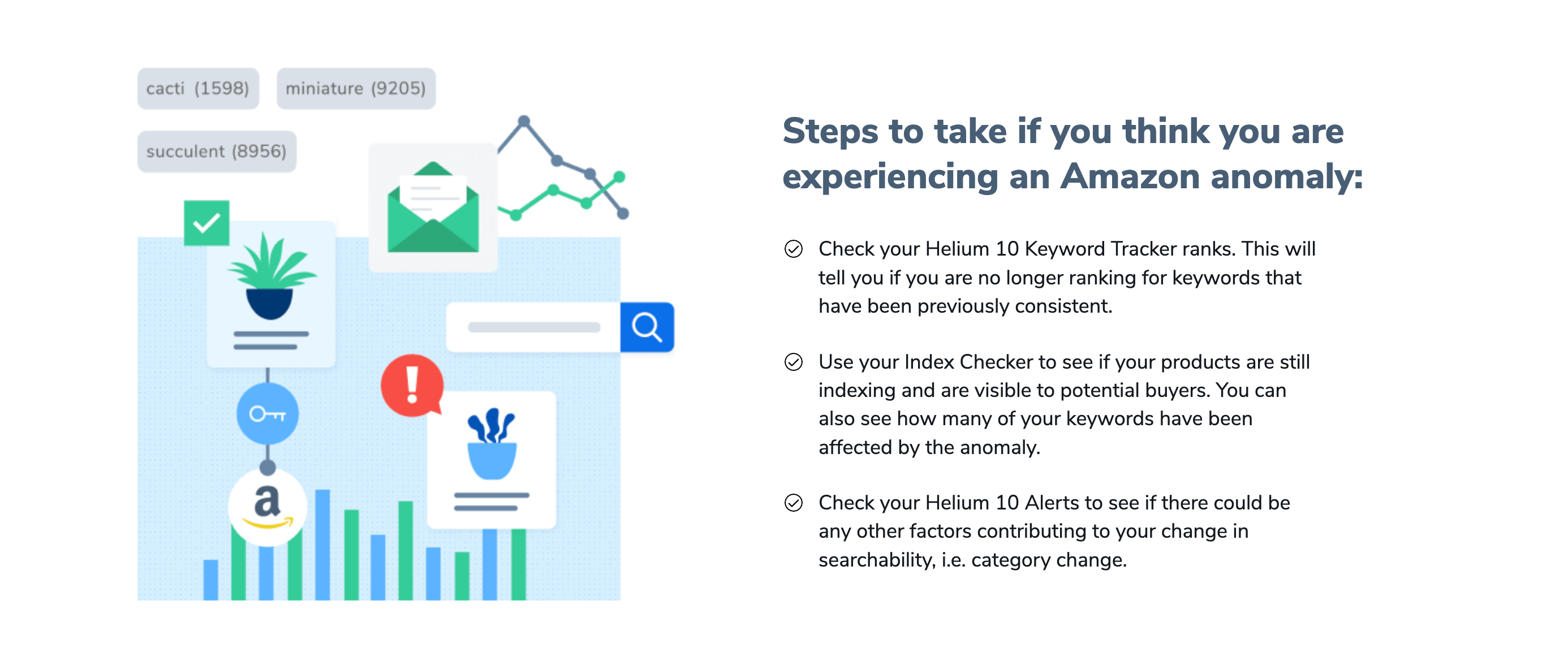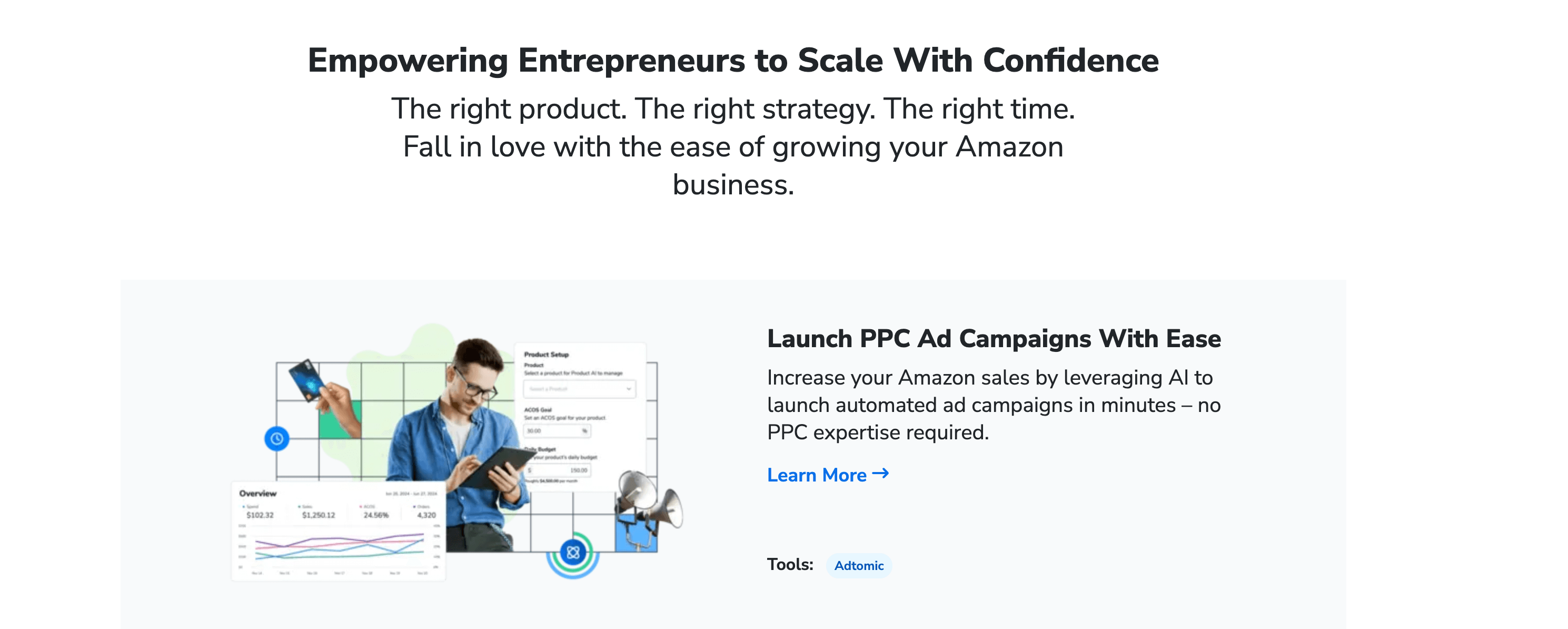Using Helium 10 Cerebro Reverse ASIN Lookup for PPC Campaigns
In the competitive world of Amazon FBA (Fulfillment by Amazon), Pay-Per-Click (PPC) campaigns are a cornerstone of success. 🚀 However, crafting a winning PPC strategy requires more than just guesswork—it demands precise data and actionable insights. Enter Helium 10’s Cerebro Reverse ASIN Lookup, a powerful tool that allows sellers to uncover the keywords their competitors are ranking for. 🔍 By leveraging this feature, you can identify high-performing keywords, optimize your ad spend, and dominate your niche. In this comprehensive guide, we’ll explore how to use Cerebro Reverse ASIN Lookup to supercharge your PPC campaigns and achieve measurable results. 🌟
1. Understanding Helium 10 and Cerebro Reverse ASIN Lookup
Helium 10 is a suite of tools designed to help Amazon sellers succeed at every stage of their journey. 🛠️ From product research to listing optimization, Helium 10 offers a wide range of features to streamline your operations. Among these tools, Cerebro stands out as a keyword research powerhouse. The Reverse ASIN Lookup feature allows you to analyze the keywords your competitors are using, giving you a competitive edge in your PPC campaigns. 🥇
1.1 What is Helium 10?
Helium 10 is a comprehensive software suite tailored for Amazon sellers. 🌐 It includes tools like Black Box for product research, Magnet for keyword discovery, Scribbles for listing optimization, and Cerebro for keyword analysis. The platform is trusted by thousands of sellers worldwide for its accuracy, ease of use, and actionable insights. 🏆
1.2 Introduction to Cerebro
Cerebro is Helium 10’s keyword research tool, designed to help sellers analyze and optimize their listings. 🧠 It provides detailed insights into keyword performance, including search volume, competition, and related keywords. The Reverse ASIN Lookup feature is a standout tool that allows you to uncover the keywords your competitors are ranking for. 🔍
1.3 What is Reverse ASIN Lookup?
The Reverse ASIN Lookup feature allows you to enter a competitor’s ASIN (Amazon Standard Identification Number) and analyze the keywords they are ranking for. 📊 This provides valuable insights into their keyword strategy, helping you identify gaps in your own campaigns. By leveraging this data, you can optimize your PPC campaigns to target high-performing keywords. 🎯
1.4 Why Use Reverse ASIN Lookup for PPC?
Using Reverse ASIN Lookup for PPC campaigns allows you to:
- Identify high-performing keywords your competitors are targeting.
- Optimize your ad spend by focusing on proven keywords.
- Discover gaps in your own keyword strategy.
- Improve your ad relevance and conversion rates. 💰
1.5 Benefits of Using Helium 10 for PPC
Helium 10’s tools, including Cerebro, provide a competitive edge by offering:
- Accurate keyword data.
- Insights into competitor strategies.
- Tools for listing optimization.
- Time-saving automation features. ⏳

2. Setting Up Cerebro Reverse ASIN Lookup
To get started with Reverse ASIN Lookup, follow these steps to set up the tool correctly. 🛠️
2.1 Enter a Competitor’s ASIN
Start by entering the ASIN of a competitor’s product. You can find this in the product URL on Amazon. 🔍
2.2 Select Your Marketplace
Choose the Amazon marketplace you’re targeting (e.g., Amazon US, UK, or Germany). This ensures that the data is relevant to your audience. 🌍
2.3 Apply Filters
Use filters like Search Volume, Competition, and Keyword Position to narrow down your results. Focus on keywords with high search volume and low competition. 📊
2.4 Exclude Irrelevant Keywords
Add negative keywords to exclude irrelevant terms (e.g., “free,” “used,” “wholesale”). This helps you focus on keywords that align with your product. 🚫
2.5 Analyze Results
Once you’ve applied filters, Cerebro will generate a list of keywords. Analyze the results to identify high-potential keywords for your PPC campaigns. 🧐

3. Interpreting Reverse ASIN Lookup Data
The data generated by Reverse ASIN Lookup is invaluable, but interpreting it correctly is crucial. 📊 Here’s how to make sense of the results.
3.1 Search Volume
High search volume indicates strong customer demand. However, balance this with competition to ensure profitability. ⚖️
3.2 Competition Level
Low competition keywords are easier to rank for, making them ideal for PPC targeting. Use the data to identify these opportunities. 🏆
3.3 Keyword Position
Keywords with a high position (e.g., top 10) are more likely to drive traffic. Focus on these keywords for your campaigns. 🎯
3.4 Relevance
Ensure the keyword is relevant to your product. Irrelevant keywords can lead to poor conversion rates. 🛒
3.5 Actionable Insights
Use the data to prioritize keywords for your PPC campaigns, listing optimization, and content creation. 🛠️

4. Validating Keywords for PPC
Once you’ve identified potential keywords, it’s essential to validate them using other Helium 10 tools. 🔍
4.1 Use Magnet for Keyword Discovery
Enter the keyword into Magnet to discover related keywords and assess their potential. 🌐
4.2 Analyze Top-Performing Listings
Use Product Research to analyze top-performing listings for the keyword. Look for gaps in the market that you can fill. 🛠️
4.3 Estimate Profitability
Use the Profitability Calculator to estimate the profitability of targeting the keyword. Consider factors like PPC costs and conversion rates. 💰
4.4 Check Keyword Trends
Use the Trend feature to ensure the keyword is stable or growing in popularity. Avoid keywords with declining trends. 📈
4.5 Refine Your Strategy
Based on your research, refine your PPC strategy to focus on the most promising opportunities. 🎯

5. Pro Tips for Using Reverse ASIN Lookup
To maximize the effectiveness of Reverse ASIN Lookup, follow these pro tips. 🌟
5.1 Focus on Competitor Keywords
Target keywords your competitors are ranking for but you’re not. This helps you close gaps in your strategy. 🥇
5.2 Combine Keywords
Look for clusters of related keywords to identify broader niches with multiple opportunities. 🌐
5.3 Monitor Competitor Strategies
Use Reverse ASIN Lookup to monitor competitor keywords and identify trends in their strategy. 📊
5.4 Update Your Research Regularly
Keyword trends change over time. Regularly update your research to stay ahead of the competition. ⏳
5.5 Experiment with PPC
Use the data to identify high-potential keywords for PPC campaigns. This can help you test their effectiveness before optimizing your listings. 🛠️

6. Common Mistakes to Avoid
While using Reverse ASIN Lookup, avoid these common mistakes to ensure accurate and effective research. 🚫
6.1 Ignoring Search Volume
Focusing solely on low-competition keywords without considering search volume can lead to low-demand products. ⚖️
6.2 Overlooking Relevance
Irrelevant keywords can lead to poor conversion rates. Always ensure the keyword aligns with your product. 🛒
6.3 Relying Solely on Reverse ASIN Lookup
Reverse ASIN Lookup is just one tool. Always validate keywords using other Helium 10 tools. 🔍
6.4 Neglecting Trends
Failing to check keyword trends can result in targeting declining markets. Always use the Trend feature. 📈
6.5 Skipping Profitability Analysis
Focusing on demand and competition without considering profitability can lead to financial losses. 💰

7. Case Study: Using Reverse ASIN Lookup for a Winning PPC Campaign
Let’s walk through a real-life example of how to use Reverse ASIN Lookup to craft a profitable PPC campaign. 📚
7.1 Entering a Competitor’s ASIN
Start by entering the ASIN of a competitor’s product in your niche. 🔍
7.2 Applying Filters
Set filters for search volume (1,000–10,000), competition (low), and keyword position (top 10). Exclude irrelevant keywords. 🛠️
7.3 Analyzing Results
Identify high-potential keywords like “portable blender for smoothies.” 🧐
7.4 Validating the Keyword
Use Magnet and Product Research to validate the keyword’s potential. 📊
7.5 Launching the Campaign
Once validated, optimize your listing and launch a PPC campaign targeting the keyword. 🚀

8. Conclusion: Mastering Reverse ASIN Lookup for PPC Success
Mastering Helium 10’s Cerebro Reverse ASIN Lookup is a game-changer for Amazon sellers. 🏆 By uncovering competitor keywords, you can optimize your PPC campaigns, reduce ad spend, and drive more sales. Remember to validate your findings, avoid common mistakes, and continuously refine your strategy. With the right approach, Reverse ASIN Lookup can be your secret weapon for PPC success. 🌟
Table: Example Keyword Analysis with Reverse ASIN Lookup
| Keyword | Search Volume | Competition | Keyword Position | Relevance |
|---|---|---|---|---|
| Portable Blender | 5,000 | Low | 3 | High |
| Blender for Smoothies | 3,000 | Medium | 5 | High |
| Mini Travel Blender | 2,000 | Low | 8 | High |
| Personal Smoothie Blender | 1,500 | Low | 10 | High |
| Compact Blender for Kitchen | 1,000 | Low | 12 | High |
By following this guide and leveraging the power of Helium 10’s Cerebro Reverse ASIN Lookup, you’ll be well on your way to crafting winning PPC campaigns and achieving Amazon FBA success. Happy selling! 🎉🛍️


Comments